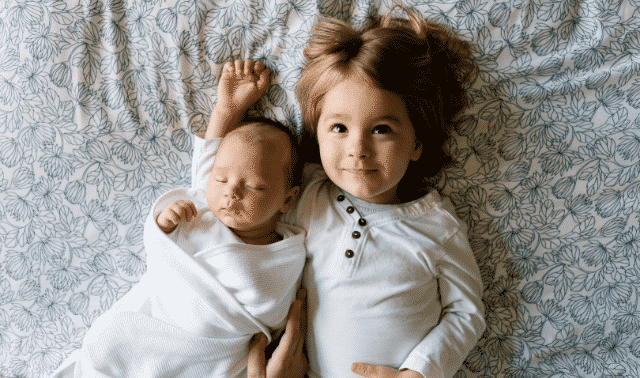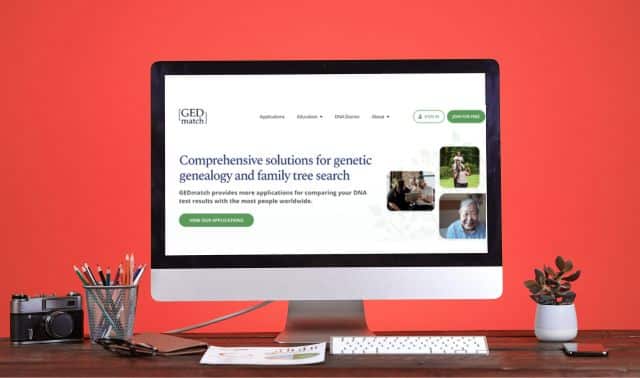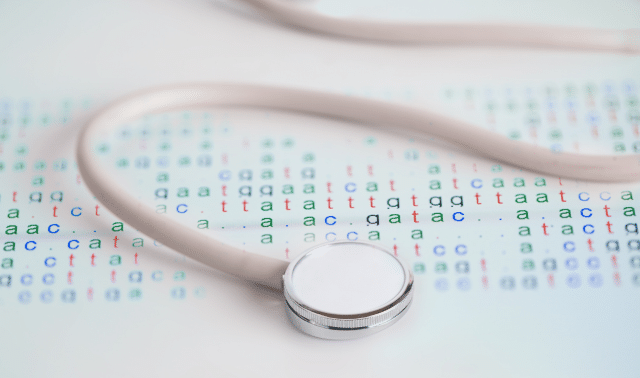Sign up for the Family Tree Newsletter Plus, you’ll receive our 10 Essential Genealogy Research Forms PDF as a special thank you!
Get Your Free Genealogy Forms
"*" indicates required fields

Q: Why do siblings with the exact same biological parents have a different genetic makeup?
A: You and your siblings each received exactly half of your DNA from your mother and half from your father. But which half of each parent’s DNA you got is completely random.
DNA is like genealogy records
Think about your DNA in terms of genealogical records. You might have a binder with birth certificates, marriage licenses, wills and other records, neatly arranged by surname or record type. We all carry a similar genetic record of our ancestors in our chromosomes.
But when that genetic history is passed to the next generation, it’s not in nicely tabulated binders. Instead, before creating you, your mom popped open the rings on her genetic binder, dumped all the documents into a big garbage bag, and shook it up. Then she closed her eyes and dipped into that mixed-up bag, pulled out half the documents, copied them, and put them in a binder for you. Your dad then completed your binder with half of his own DNA documents, randomly chosen.
This same process happens for each offspring. So while you might get the 1900 Tennessee census and your maternal great-grandparents’ marriage record, your sister received the 1912 passenger list for the ship Elizabeth and your paternal grandparents’ listing in the 1940 census. But maybe you both inherited your grandmother’s christening record and the WWI draft registration card for your grandfather. Chances are, you and your sister have about half of the same records, and the other half of your records is different. Your siblings are genetically half the same as you are. Just half!
When you and your partner go through the process of mixing up each of your records and randomly giving half to your children, each child will end up with about a quarter of the same records as each grandparent.
This is one reason genetic genealogists test multiple family members. They’re trying to collect as much of the genetic record as possible to essentially reconstruct ancestors’ “DNA binders” from each relative’s assortment of passed-down records.
ADVERTISEMENT




